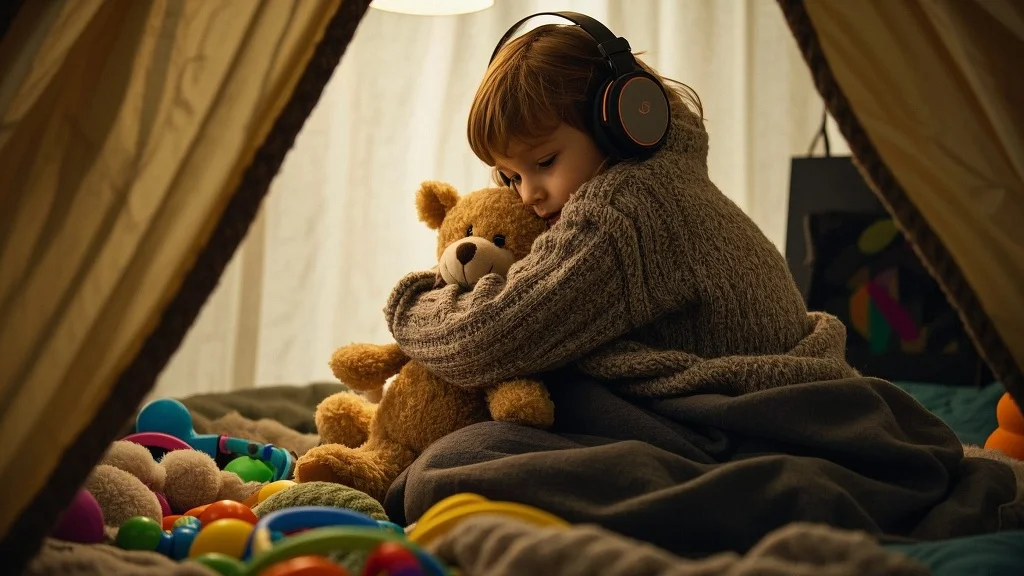It’s completely normal for a 2-year-old to climb out of bed or wander at night. This phase is usually driven by developmental changes, not defiance. Here’s why it happens and how to handle it constructively.
🚼 Why 2-Year-Olds Leave Their Beds
- Testing Independence
- At this age, toddlers realize they can get out of bed—and they want to practice this newfound freedom!
- Sleep regression around 18–24 months often disrupts established routines.
- Separation Anxiety & FOMO
- They may worry you’ll leave them alone or miss out on fun (“What if Mommy is having a party without me?”).
- Big life changes (new sibling, starting daycare) can intensify nighttime clinginess.
- Sleep Schedule Issues
- Too early bedtime? They’re not tired enough.
- Too late bedtime? Overtiredness makes settling harder.
- Sleep Associations
- If they’re used to being rocked or fed to sleep, they may not know how to self-soothe when they wake up at night.
- Transition from Crib to Bed
- Once they can climb out of a crib, a toddler bed gives them free access to roam—and they will!
🛠️ What Actually Works
✅ Set a Solid Bedtime Routine
- Same steps every night (e.g., bath → book → cuddles → lights out).
- Helps signal that sleep is coming.
✅ Use the “Silent Return” Method
- If they get up, calmly walk them back to bed with no talking or eye contact.
- Boring = less incentive to keep doing it.
✅ Try an “OK-to-Wake” Clock
- A toddler-friendly clock (red = stay in bed, green = time to wake up) helps them understand when it’s morning.
✅ Offer Comfort & Security
- A lovey (stuffed animal or blanket) can ease nighttime anxiety.
- Reassure them: “You’re safe. I’m right here.”
✅ Childproof the Room
- Use a baby gate or doorknob cover to prevent unsupervised wandering.
- Ensure the room is safe (no loose cords, sharp corners).
✅ Positive Reinforcement
- Praise mornings they stayed in bed: “You did it! So proud of you!”
- A sticker chart can motivate repeat success.
**⏳ How Long Until It Gets Better?**
- Most toddlers adjust within 1–2 weeks of consistent routines.
- Some take longer—patience and persistence are key!
💡 Real Parent Tip
“We used a baby gate in the doorway. Our toddler could see us but couldn’t roam the house. After a few nights, she stopped trying to escape!”
🚨 When to Seek Help
If after 2–3 weeks there’s no improvement—or if your child shows extreme anxiety, night terrors, or sleep deprivation—consult a pediatrician or sleep specialist.
**✨ Final Thought**
This phase will pass. With calm consistency, your toddler will learn to stay in bed—and everyone will sleep better! 😴








